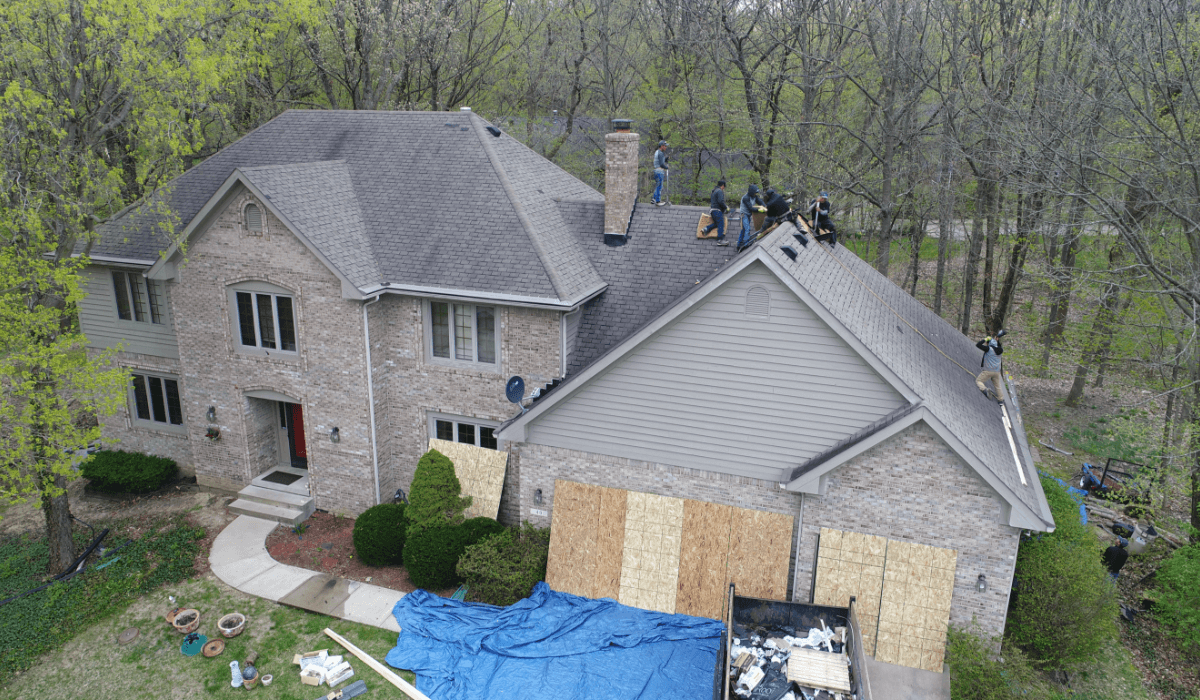Experiencing storm damage to your roof can be a stressful and overwhelming situation. However, knowing the right steps to take after such an event can make a significant difference in navigating the insurance claim process smoothly. In this blog post, we will outline five key steps that homeowners should take after storm damage to ensure a successful insurance claim. By following these steps, you can protect your property, maximize your chances of receiving fair compensation, and restore your roof to its optimal condition.
Step 1: Document the Damage:
After a storm, it's crucial to thoroughly document the damage to your roof. Start by taking clear and detailed photographs or videos of the affected areas. Capture any visible signs of damage, such as missing shingles, dents, cracks, or leaks. Additionally, make a written record of the date, time, and specific weather conditions during the storm. This evidence will serve as essential documentation for your insurance claim.
Step 2: Contact Your Insurance Company:
Once you have documented the damage, contact your insurance company promptly to report the incident. Provide them with accurate and detailed information about the extent of the damage. Be prepared to answer questions and provide any additional documentation they may request. It's important to initiate the claim process as soon as possible, as some insurance policies have specific time limits for filing claims after a storm.
Step 3: Schedule a Professional Inspection:
While documenting the damage is essential, it's equally important to have a professional roofing contractor assess the extent of the storm damage. Contact a reputable roofing company experienced in storm damage assessments and schedule an inspection. A professional inspector will provide an unbiased evaluation, identify hidden or structural damage, and provide a detailed report that you can submit to your insurance company. Their expertise will strengthen your claim and ensure a more accurate assessment of repair or replacement costs.
Step 4: Mitigate Further Damage:
To prevent further damage and protect your property, take immediate steps to mitigate the effects of the storm damage. If safe to do so, cover any exposed areas with tarps or temporary patches to prevent water intrusion. However, it's crucial to document these temporary repairs through photographs and keep receipts for any materials or services used. Inform your insurance company about the temporary repairs you've made, as they may reimburse you for these expenses.
Step 5: Work with a Public Adjuster, if Necessary:
In some cases, insurance claims for storm damage can be complex, and homeowners may face challenges in reaching a fair settlement. If you encounter difficulties during the claim process, consider hiring a public adjuster. Public adjusters are independent professionals who can advocate on your behalf, assess the damage accurately, and negotiate with the insurance company to ensure you receive a fair settlement. They possess the knowledge and experience to navigate the complexities of insurance claims and maximize your chances of receiving proper compensation.
Recovering from storm damage involves more than just fixing your roof. By following these five key steps—documenting the damage, contacting your insurance company, scheduling a professional inspection, mitigating further damage, and working with a public adjuster when needed—you can navigate the insurance claim process effectively. Remember, it's crucial to act promptly, provide thorough documentation, and seek professional assistance to ensure you receive the compensation you deserve. By taking these steps, you'll be well on your way to restoring your roof and regaining peace of mind after a storm.



